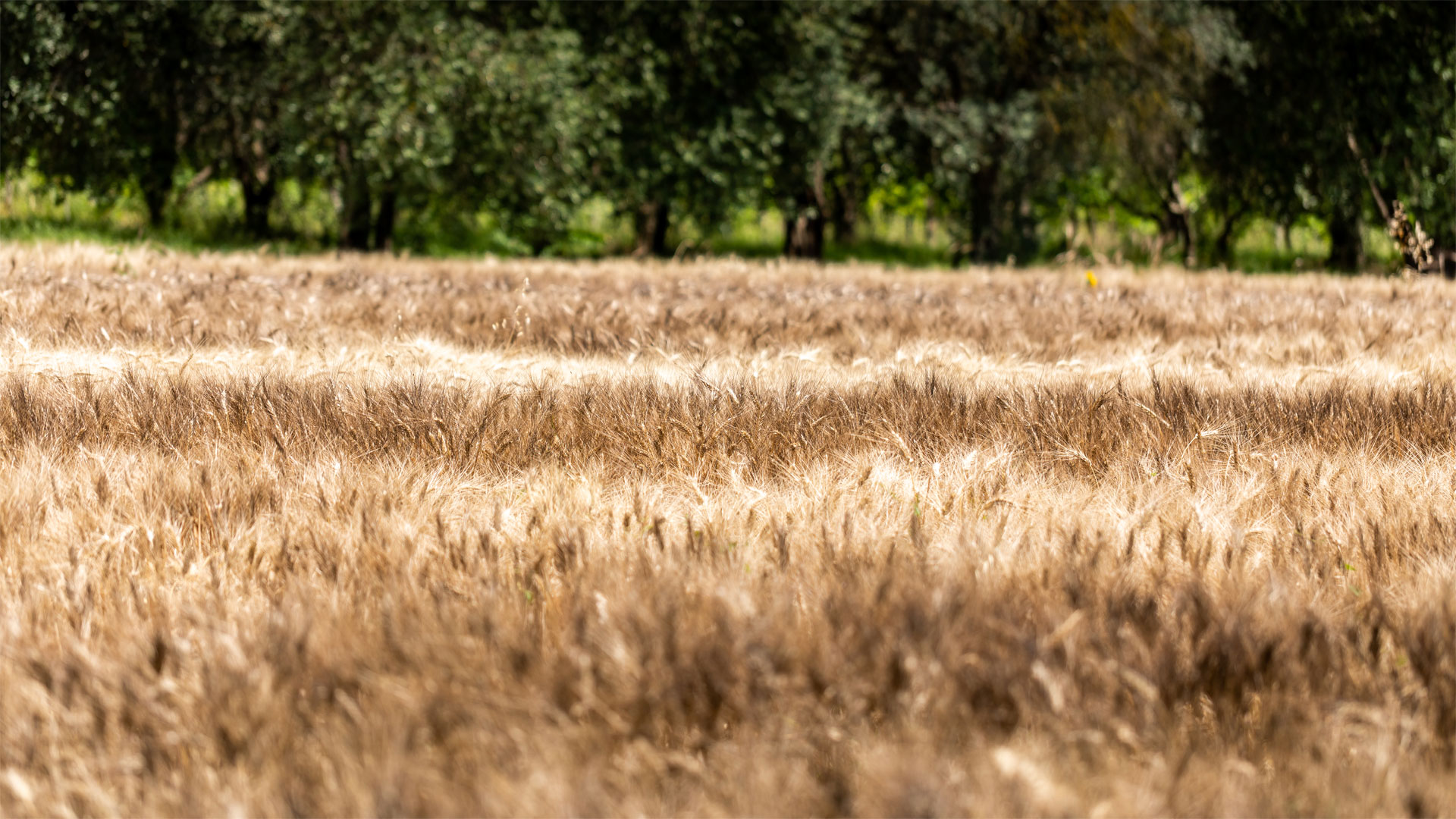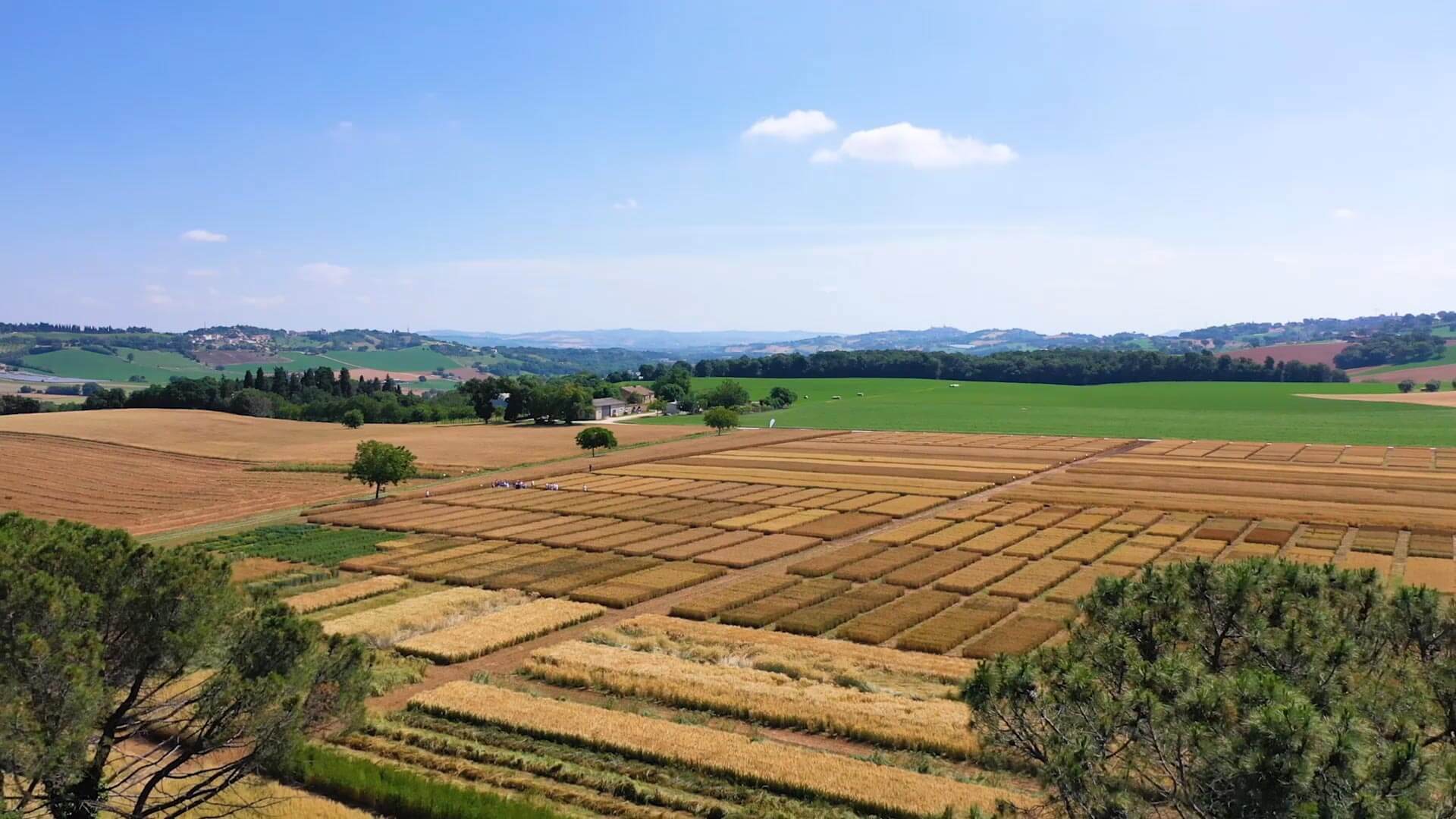We select the varieties of durum wheat that best suit our fields, the environment in which the wheat will grow and the Mancini pasta-production method. We contribute to the study and natural development of new varieties of durum wheat in collaboration with the cereal expert agronomist Oriana Porfiri, in a region that is historically at the forefront of cereal research.
Variety detail
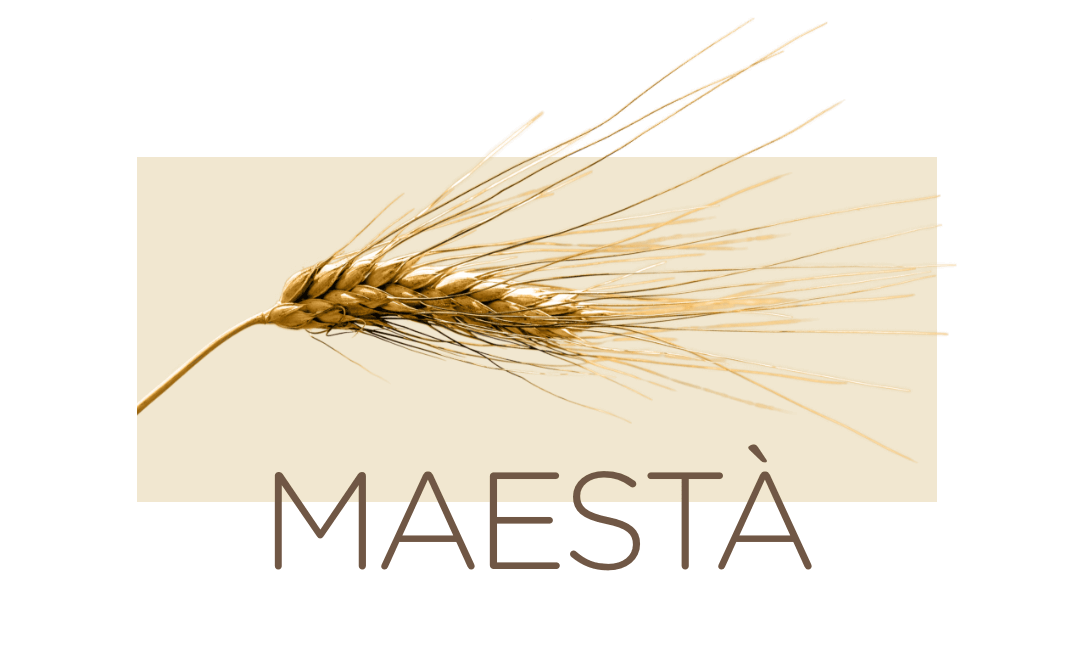
133,6 HECTARES (HARVEST 2024)
Maestà is an early cycle durum wheat variety, therefore suitable for fertile soils and late sowing. It has a high protein content and also absence of non-vitreous kernel. Its semolina’s colour is intense yellow.
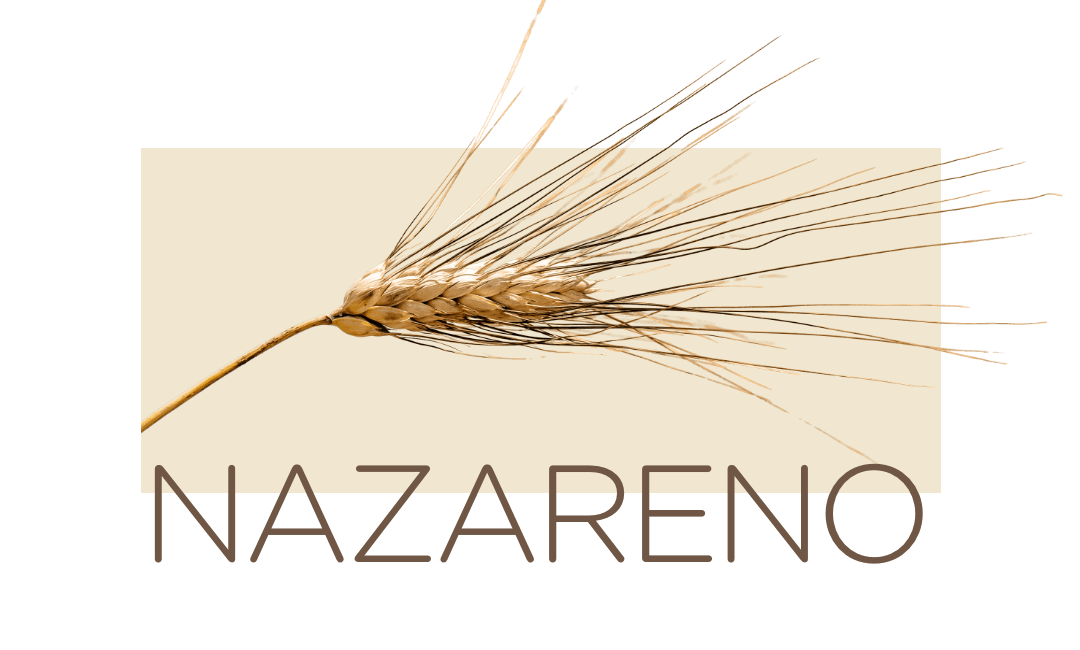
291,4 HECTARES (HARVEST 2024)
This variety is dedicated to Nazareno Strampelli, renowned agronomist and geneticist born in 1866 in Crispiero di Castelraimondo (Le Marche region), who dedicated his life to wheat breeding. It is a medium cycle variety, suitable for any kind of soil. While its gluten is soft and elastic, its grains has a high test weight and protein content.
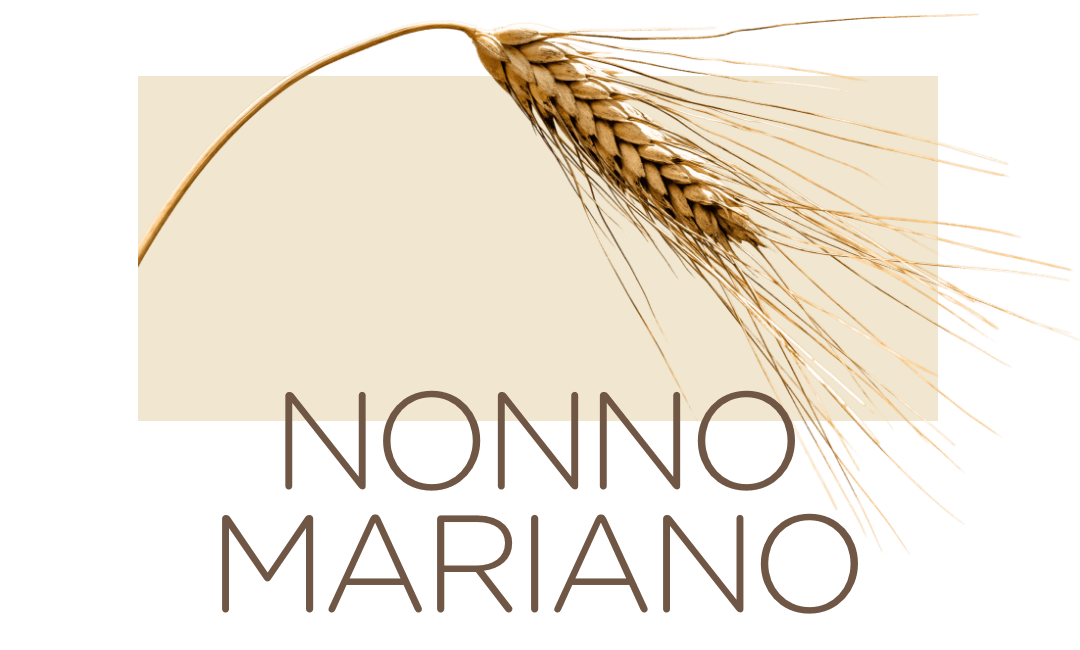
103,3 HECTARES (HARVEST 2024)
We started growing and testing Nonno Mariano in 2019. As well as all of our other durum wheat varieties, Nonno Mariano has also been developed in the wheat field trials nearby our pasta factory’s area thanks to the collaboration with GGS Sementi.
Its name was chosen to pay tribute to Massimo Mancini’s grandfather, Mariano, who was a passionate wheat farmer and started the Mancini farm in 1938. It is a medium-late cycle variety, suitable for early sowing, with a high gluten and yellow index.
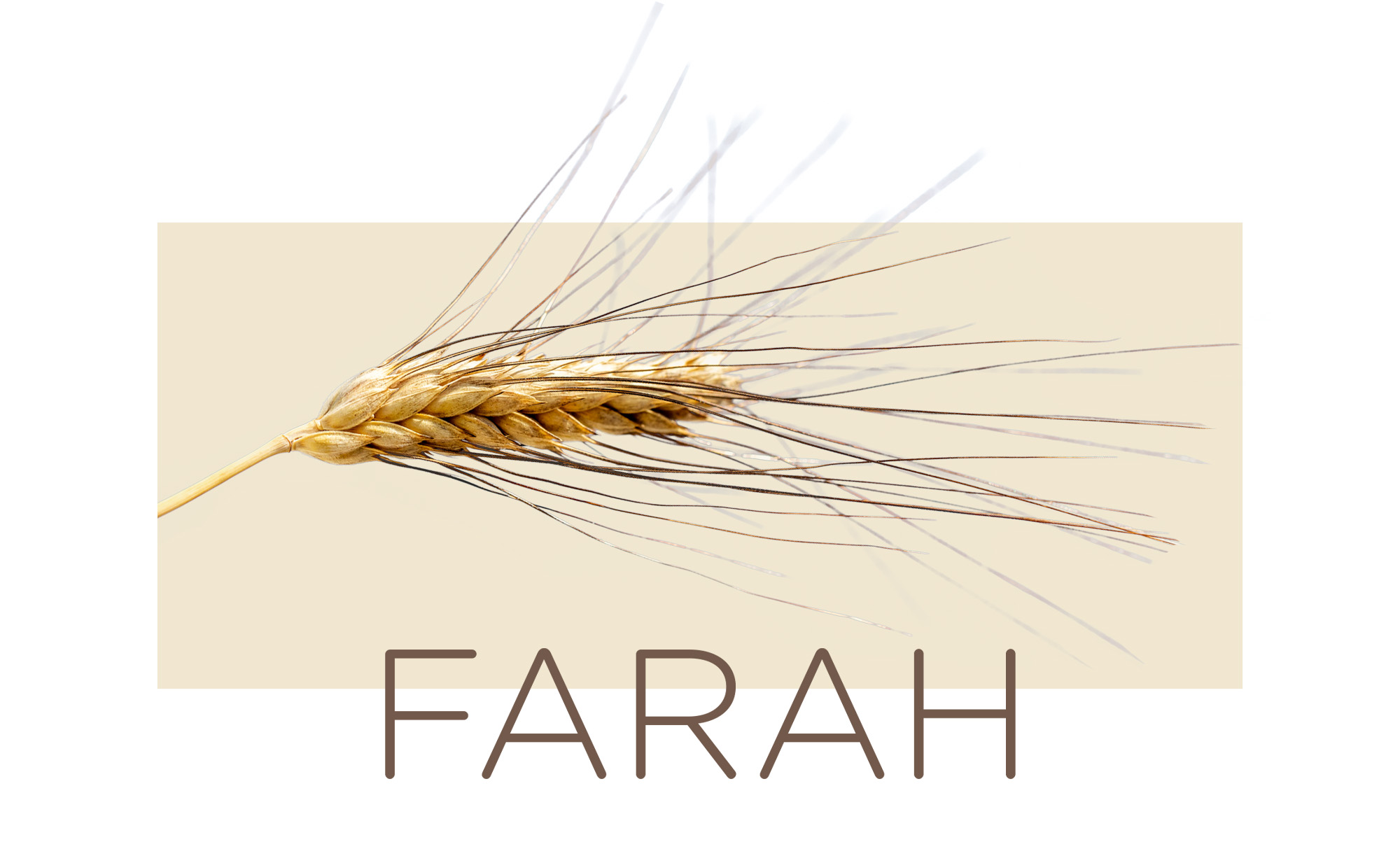
280,8 HECTARES (HARVEST 2024)
Medium cycle durum wheat variety, with high adaptability to extreme climatic seasons (both dry and rainy); also, it is very resistant to lodging. The ear has a high number of kernels, a feature that makes it a very productive variety. It has a tenacious gluten and a high yellowness index of the semolina. Farah is an excellent compromise between quality and production yeld.
